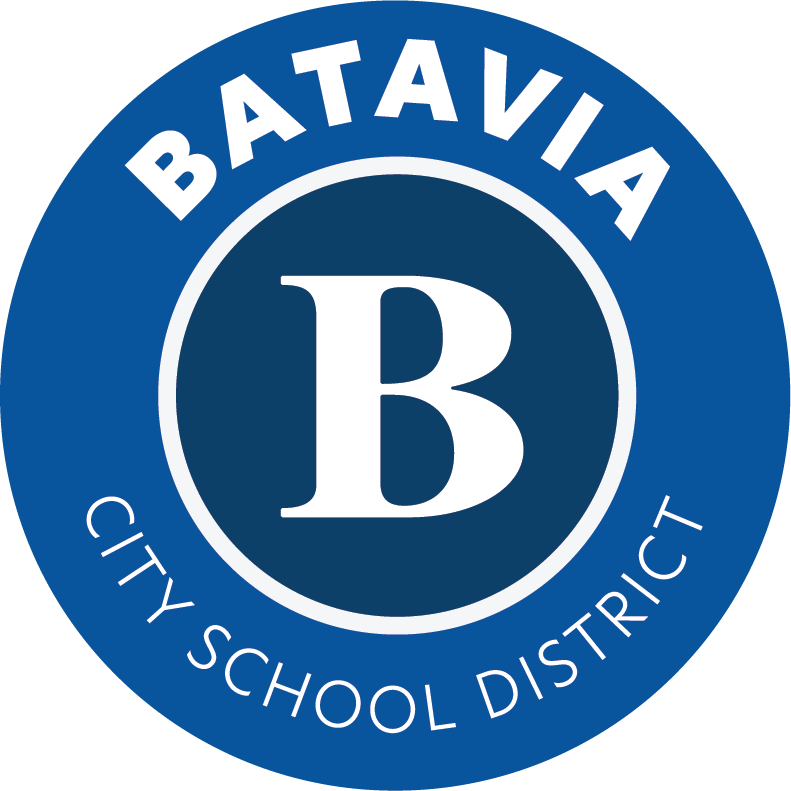Academic Ideas to Use With Your Children
Encourage Independent Reading each day.
Encourage students to pick 3–5 books at any level they want, grab a pillow and a blanket, and find a spot to read.
This is reading for the sake of reading – it’s okay if they pick War and Peaceor Hop on Pop.
Suggest that families use an audiobook, or try a service like Epic or Amazon Rapids that will read to the child as they view the text.
Consider scheduling 1:1 reading conferences using a digital platform such as Zoom or even using the telephone with a friend or another adult. Encourage students to talk about what they are reading and listen to them read. Then, they can suggest one goal for students to focus on until their next meeting.
Activity: Bear Cave Reading
Set up blankets and chairs to make a tent or put a blanket over a table. Encourage students to read in the cave.
Variation: Encourage students to read in as many unusual spots as possible. They can take a “selfie” and upload it to show all the places they found to read.
Scholastic Learn at Home-keep the learning going with these special cross-curricular journeys. Every day includes four separate learning experiences, each built around a thrilling, meaningful story or video. Kids can do them on their own, with their families, or with their teachers. Just find your grade level and let the learning begin!
Set aside time daily for writing.
Ask students to write about their day.
Ask students to write about books they are reading.
Have students observe a plant or tree (or other object) closely and write about your observations.
Encourage your child to write everyday items:
Grocery lists
Things to do today
Letter to ____
A persuasive letter to you explaining why they need more time for any activity they want to do (for example, online games or TV)
Send your writing samples you to your teacher so that they confer about your writing.
Math for K-12
Knowledge on the Go-This link directly correlates with district curriculum and should help your child with continuity in learning in math.
Youcubed has organized the activities by the kinds of resources needed to explore them. Some only require household supplies, others might need to be printed or use other technology or some more specific supplies, some are outdoor activities, and some are activities for students to engage in with their families.
Household supplies only:
Snap-it (K-2): In this activity, students use snap cubes to make sense of parts and wholes and relate that to addition and subtraction of pairs. A small handful of anything you have on hand: pennies, paper clips, etc. will work just as well as snap cubes.
Fewest squares (3-12): Students draw an 11x13 grid and try to find the fewest number of squares they can use to cover it without overlap or extending outside the grid. Our students have worked this question for hours at a time!
Indoor with technology / other supplies:
Number visuals (K-12): In this activity students color-code collections of circles as they look for patterns. They can do this directly on a tablet, or you can print them out for the whole family, pull out some crayons, and use them as dinner mats. (K) : (1-2) : (3-5) : (6-12)
Poly-Up (5-12): Poly-Up is an online platform that pushes students to develop computational thinking skills while helping Poly fix machines.
Outdoors:
Mathematical Art (K-12): We encourage students to expand this activity and discuss the maths you see in public art AND ANYWHERE! (Really anywhere! nature, architecture, street signs, etc.) Are there interesting shapes? Angles? Patterns? There is so much to see out there!
Family activities:
Feet under the table (K-2): While sitting around the table, ask your student to figure out how many feet are under the table without looking. If your child is up for a challenge have them figure out how many toes are under the table.
Emoji Graph (K-12): Students can survey their family on a topic of their choice and make a graph describing their findings. (K-2) : (3-5) : (6-8) : (9-12)
Math for Grades 3 - 12
A few games for learning multiplication & addition facts, conceptually & visually:
multiplication:
How Close to 100 and Tic-Tac-Toe Products
addition:
Tic-Tac-Toe Sums
And some always great for everyone tasks:
Ice Cream Scoop and Four 4's
NY State Education Department Digital Content--organized by subject area; also includes links to sites with full online learning.
Please join Benchmark Education daily – Learning opportunity for students K-5 – Reading and Writing together! We start at 1pm for grades K-2 and 2 pm for grades 3-5. Benchmark Distance Learning - Literacy Blockhttps://www.facebook.com/groups/729231161150405/
Daily read alouds of our Reycraft Books on the Reycraft book Youtube channel 2x a day – at 11 am and 3 pm.. https://www.youtube.com/channel/UCS4Tq4TX4zSk27JT-G2-pvg/videos
Symbaloo Collection of Resources from JK Library
Interactive Web Sites to Use With Your Children:
Math Card Games
Busy Bag Ideas for Pre-K and Elementary
27 Kinetic Sand Activities for Pre-K and Elementary School
18 Best Podcasts for Kids in Elementary, Middle and High School
Storytime Video Series featuring Children's Book Authors
Britannica Digital Learning
"Britannica LaunchPacks Social Studies and Science are now available, for free, to every school across the United States. LaunchPacks supports virtual learning, independent study, and remote assessments across topics covered in the K-12 science and social studies curricula."
JoVE
JoVE is providing all Education video content free to use in STEM teaching efforts through June 15th.
GoNoodle® has movement and mindfulness videos created by child development experts. It is available for free at school and home and everywhere kids are!
